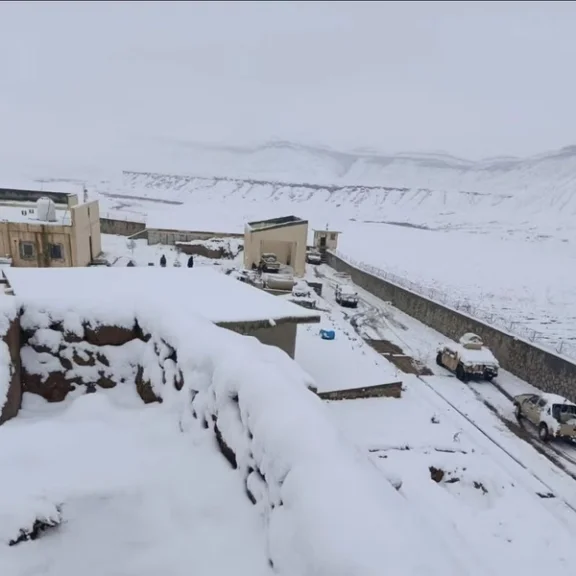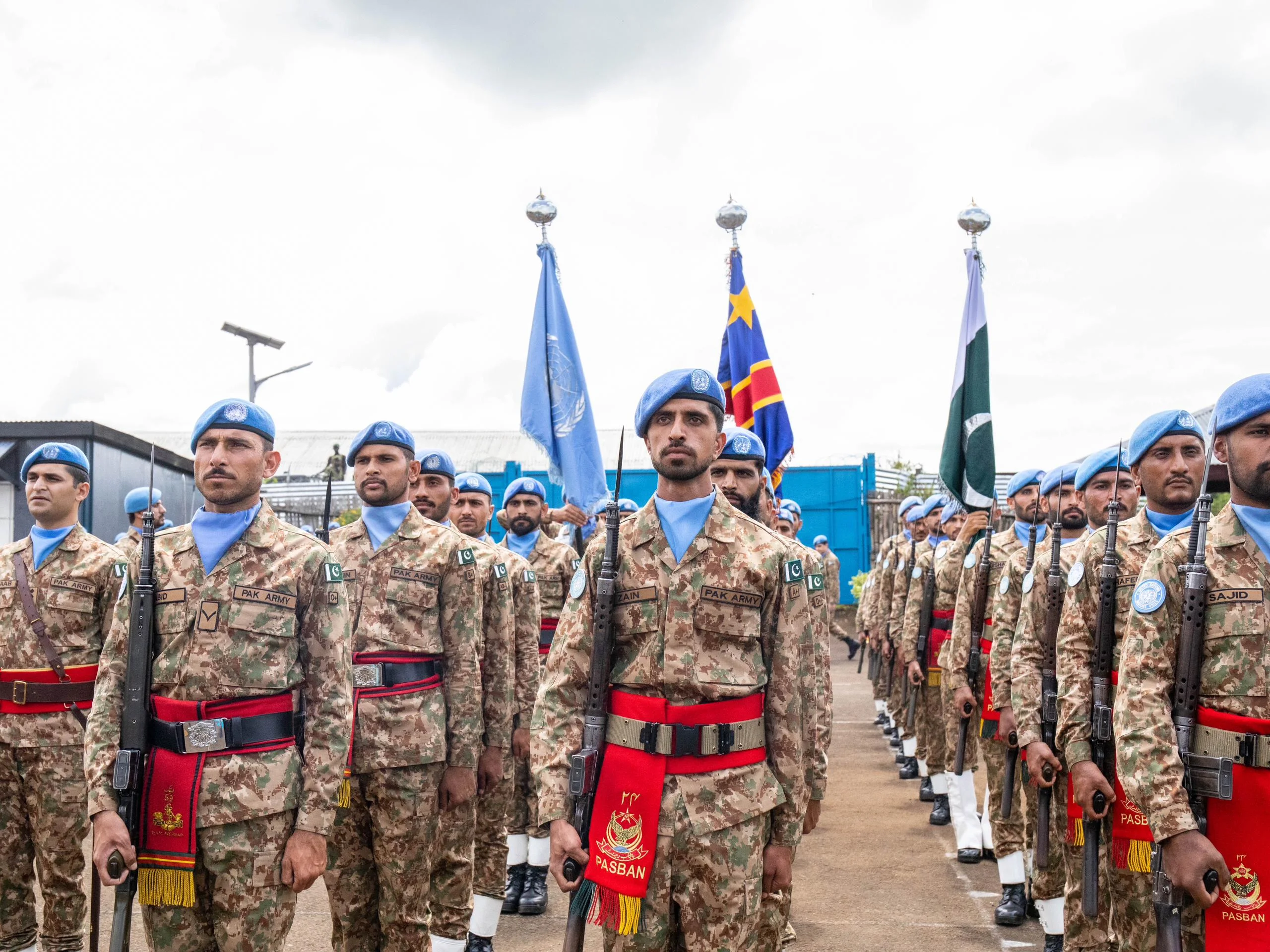For years, the U.S.-India relationship was hailed as a defining partnership of the 21st century. From strategic convergence in the Indo-Pacific to expanding technology cooperation and defense interoperability, bipartisan consensus in Washington and rising ambition in New Delhi had set the trajectory toward an enduring alliance. But under President Donald Trump’s second term, that trajectory has not just slowed, it has veered off course entirely.
In recent months, a pattern has emerged: a steady unraveling of goodwill, trust, and strategic coherence between Washington and New Delhi. From economic coercion and diplomatic snubs to public disparagement and veiled support for Pakistan, Trump’s administration has taken a series of steps that signal a marked departure from the high-point of bilateral ties during the previous decade.
Imposition of Tariffs and Explicit Geopolitical Linkages
The administration’s primary action was the announcement of a 25% tariff on all goods imported from India, scheduled for implementation on August 1, 2025. This move targets a robust trading relationship that saw total goods trade reach approximately $129 billion in 2024, with a U.S. trade deficit of around $45.7 billion. The administration’s stated rationale centers on India’s own tariff policies, which President Trump has long criticized.
Uniquely, this trade measure was explicitly linked to geopolitical considerations. President Trump announced an additional, though as yet unspecified, penalty tax directly targeting India for its procurement of energy and military hardware from Russia. A subsequent statement clarified the administration’s position, dismissing the significant trade volume:
“India-Russia can take their dead economies down together… We have done very little business with them because their Tariffs are far too high'”.
This economic offensive was compounded by the simultaneous sanctioning of six Indian companies for their alleged involvement in the trade of Iranian petroleum products, adding another layer to the day’s multi-front pressure campaign .
Economic Impact and Market Reaction
The economic response in India was swift and pronounced. Equity markets opened sharply lower on Thursday, registering steep losses as investor sentiment deteriorated. The market capitalization of BSE-listed firms fell by approximately ₹5 lakh crore (around USD 60 billion) within hours, underscoring deep concern over the breadth and potential duration of the newly announced U.S. tariffs. Financial analysts are warning that these measures will likely pose a substantial headwind to India’s near-term GDP growth trajectory.
Preliminary estimates from leading economists suggest the tariff regime could reduce India’s GDP growth by as much as 0.5 percentage points, a potentially serious setback for an economy already contending with global headwinds and domestic structural challenges. The ramifications could be particularly severe for key export-driven sectors such as pharmaceuticals, textiles, and IT services.
Adding to the economic unease is the uncertainty surrounding the secondary penalty tax mentioned by President Trump, the details of which remain vague. This ambiguity has injected considerable unpredictability into the business environment for Indian exporters, complicating both macroeconomic forecasting and sector-specific investment decisions. Many firms are now bracing for further disruptions, awaiting clarification on whether the penalty will take the form of broader sanctions, sectoral levies, or financial restrictions.
Preceding Policy Indicators: A Five-Month Review
The actions of July 30 were not isolated, but rather followed a clear and escalating sequence of policy signals from Washington starting in February 2025, when the Trump administration unveiled its Fair and Reciprocal Plan, effectively signaling the introduction of reciprocal tariffs in response to countries that tax or restrict U.S. imports, India among the chief targets
In April, the administration issued a “Hire American First” executive order, tightening U.S. immigration and labor rules in a way that directly challenged India’s vital IT services sector. By July, Trump was officially warning US IT companies to hire from the USA instead of India.
By June, the U.S. State Department had issued formal advisories cautioning nations about deepening economic ties with Moscow, a message widely seen as aimed at discouraging India’s longstanding energy and defense engagement with Russia.
Simultaneously, the administration repeatedly offered mediation in the Kashmir dispute, a matter India insists remains strictly bilateral. The most notable intervention came amid the India–Pakistan escalation in May, when President Trump repeatedly stated to have averted a broader war, asserting that five jets were shot down during hostilities, a figure never substantiated by Indian officials but closely matching Pakistani claims, suggesting the U.S. narrative significantly echoed Islamabad’s version of events
The South Asian Geopolitical Dynamic: U.S. Policy Toward Pakistan
A key element of this strategic recalibration is the Trump administration’s simultaneous outreach to Pakistan. On the very day it announced punitive measures against India, the U.S. unveiled a new energy partnership with Islamabad.

This announcement follows a report by a U.S. energy firm estimating Pakistan’s shale oil reserves at approximately 9 billion barrels, underscoring the critical role American expertise and investment could play in unlocking this potential.
This stark juxtaposition, penalizing India while rewarding Pakistan, sends a powerful diplomatic message, indicating a possible realignment of U.S. strategic priorities in South Asia. It complements other recent signals of warming U.S.-Pakistan relations, such as the high-profile visit of Pakistan’s army chief, Asim Munir, to the White House in June. From a strategic standpoint, these moves seem aimed at maximizing pressure on India by reshaping the regional geopolitical balance, compelling New Delhi to navigate an increasingly complex and challenging relationship with Washington.






